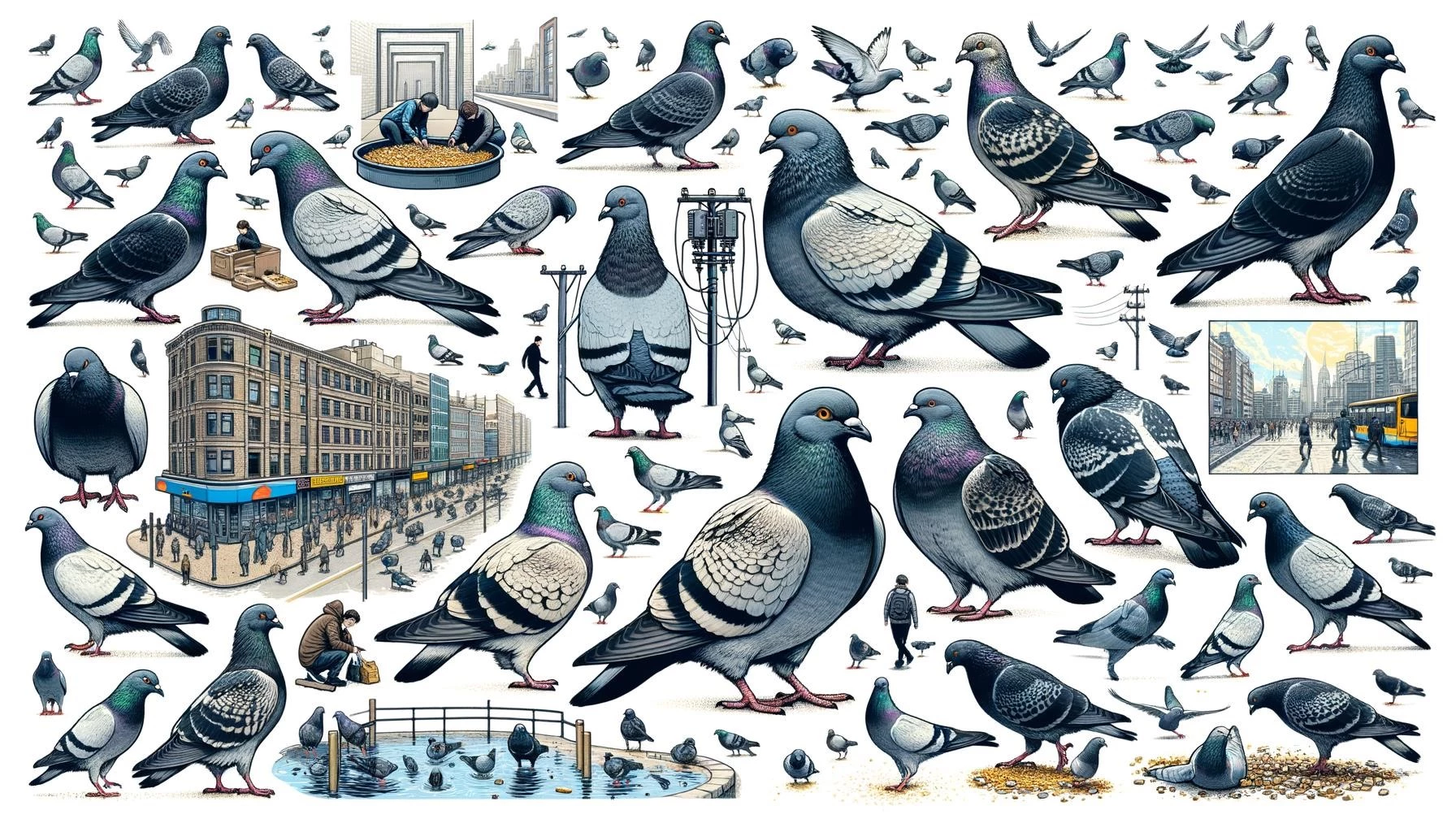Pigeons, specifically rock pigeons (Columba livia), are fascinating birds that have adapted well to urban environments. They are commonly found in cities, where they utilize various man-made structures and natural habitats for shelter, nesting, and foraging. Understanding their habitats and ecology is crucial for managing their populations and mitigating any associated issues, such as damage to infrastructure and potential health risks.
Key Takeaways
- Pigeons are highly adaptable birds that have successfully colonized urban environments.
- They primarily inhabit man-made structures such as buildings, ledges, and bridges.
- Rock pigeons have also retained their ability to use natural habitats, including cliffs and rocky areas.
- Pigeons play important ecological roles in urban ecosystems and serve as prey for various bird species.
- Controlling pigeon populations is essential to manage potential damage to infrastructure and mitigate health risks.
Pigeon Habitat Preferences in Urban Environments
Pigeons have found a niche in urban and city living, making cities their primary habitat. Their natural habitat is in cliff areas, which resemble high cliffs in buildings where they can easily find places to nest and roost. Cities provide them with ample scavenging opportunities, as humans produce a large amount of garbage. Pigeons can be found on flat surfaces in buildings, window ledges, open beams, parks, lakeshores, and farmlands, among other locations in urban ecosystems.
When building nests in urban areas, male pigeons typically collect nesting materials such as twigs and grass, while female pigeons are responsible for building the nests. Female pigeons often reuse the same nest for multiple broods, adding more nesting material to accommodate the growing brood.
Pigeon Ecology and Behavior
Rock pigeons are monogamous birds that mate for life. Male pigeons engage in courtship behaviors such as spreading their tails, puffing up their chests, and circling around female pigeons. Pigeon parents raise multiple broods, with incubation of eggs lasting approximately 16-19 days.
Pigeons are typically seen in flocks and exhibit flocking behavior while foraging or roosting. They walk steadily in a certain direction, bobbing their heads back and forth. Pigeons primarily feed early in the morning and afternoon, consuming a variety of seeds, grains, and sometimes human food like popcorn, peanuts, and bread.
Pigeons also play an important ecological role in urban ecosystems as prey for many predators. They are closely associated with humans and have a long history of domestication for their meat and eggs. Urbanization has made it easier for pigeons to adapt to human-altered environments, and they have become a ubiquitous presence in cities around the world.
Management and Conservation
Due to the abundance of pigeon populations in urban areas, managing their populations is crucial to mitigate potential damage and health risks. Pigeons can cause structural damage to buildings through their acidic excreta, and their nest materials can clog drainage systems. They can also spread various diseases through their excrement and parasites.
Controlling pigeon populations can be achieved through various methods, including capturing and relocating pigeons, making food sources scarce to encourage them to seek new locations, and implementing measures to prevent their access to nesting sites.
Conservation efforts should focus on maintaining a balance between urban species, including pigeons, and other native wildlife. By understanding the habitat preferences and ecological roles of pigeons, appropriate management strategies can be implemented to ensure their populations are controlled without causing harm to the environment or public health.









